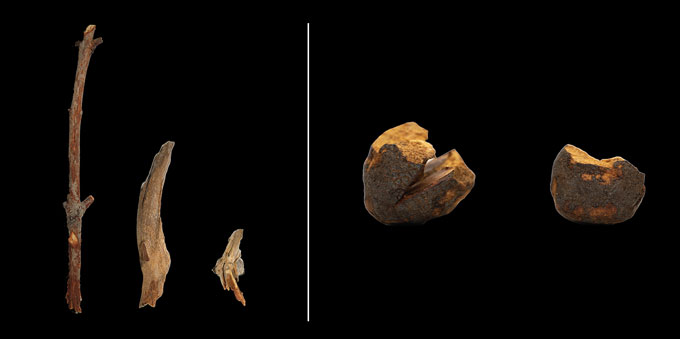These instruments are integral to their mating display, showcasing remarkable avian creativity.
In the enthralling world of wild palm cockatoos, akin to teenage heartthrobs flaunting sticker-studded guitar cases, love isn’t just in the air—it’s in the rhythm and style.
These charismatic cockatoos (Probosciger aterrimus) are more than musicians; they’re artisans of love, meticulously crafting personalized instruments for their unique mating rituals. Each male showcases his distinctive taste—some favor drumsticks, others a fusion of drumsticks and seed pod instruments. Notably, one maverick male marches to his beat, eschewing drumsticks almost entirely.
This individualized approach, researchers suggest, is more about expressing preference than utilizing available materials, hinting at a rockstar-like appreciation for creativity and individuality among these musical avian romantics.
Cognitive biologist Alice Auersperg, not involved in the study, notes that the cockatoos’ addition of unique elements to their instruments represents an innovative touch, infusing a dynamic and uncommon aspect into their courtship displays.
In the avian realm, palm cockatoos stand out as the rebels of courtship, using crafted instruments not for survival but as an integral part of their elaborate displays. Against the backdrop of their northern Australian and New Guinean habitats, these birds orchestrate captivating musical performances in their territories
. Male palm cockatoos, adorned in dramatic black and red plumage with tall, spiked crests, serenade potential mates with rhythmic drumming against trees. The percussion instrument, often a stick or seed pod, is not just a prop—it’s meticulously fashioned by the male himself, transforming the courtship into a visually and acoustically stunning spectacle, nature’s equivalent of a rock concert.

In the mesmerizing world of palm cockatoos, male virtuosos transform their courtship rituals into symphonic masterpieces, complete with personalized percussion instruments. Conservation biologist Rob Heinsohn notes that the tapping displays possess the hallmarks of human music, with each male boasting a distinctive drumming signature—some prefer a slow cadence, others a rapid beat, and a few inject artistic flourishes.
Keen to explore whether these musical maestros extend their individuality to their instruments, researchers embarked on a two-year odyssey through Australia’s Kutini-Payamu National Park. Tracking the calls of displaying male cockatoos led them to 70 display trees, where they gathered 227 discarded drumsticks and 29 seed pod instruments—a poignant aftermath akin to musicians casting aside instruments after a concert.
Analyzing the instruments from 12 unique cockatoos unveiled a fascinating insight: individual preferences in design. Drumstick length exhibited more variation than expected by chance, ranging from short and stubby to long and slender.
Heinsohn marvels at the diversity, emphasizing that each cockatoo has cultivated its concept of a special drumstick, showcasing not only musical prowess but also artisanal craftsmanship. This unique expression of creativity aligns with what female cockatoos might seek in a mate.
In a world where tool use in music and courtship is a rarity, palm cockatoos emerge as triple enigmas, flaunting signature styles in both musicality and craftsmanship—a poignant reminder that the extraordinary may find its echoes not just within human culture but also in the enchanting realm of nature.
